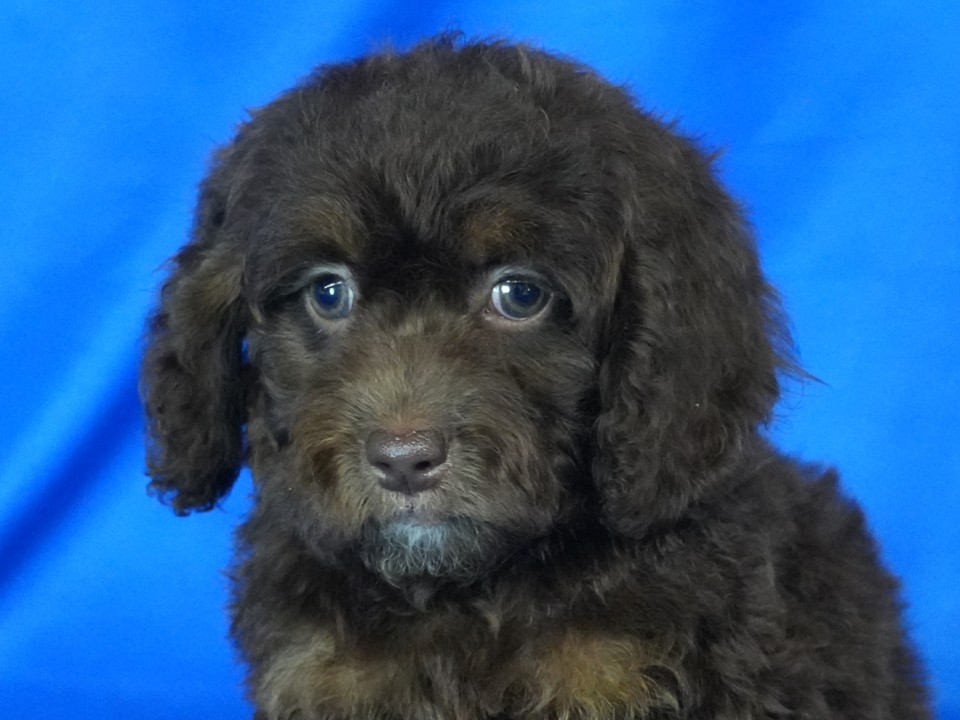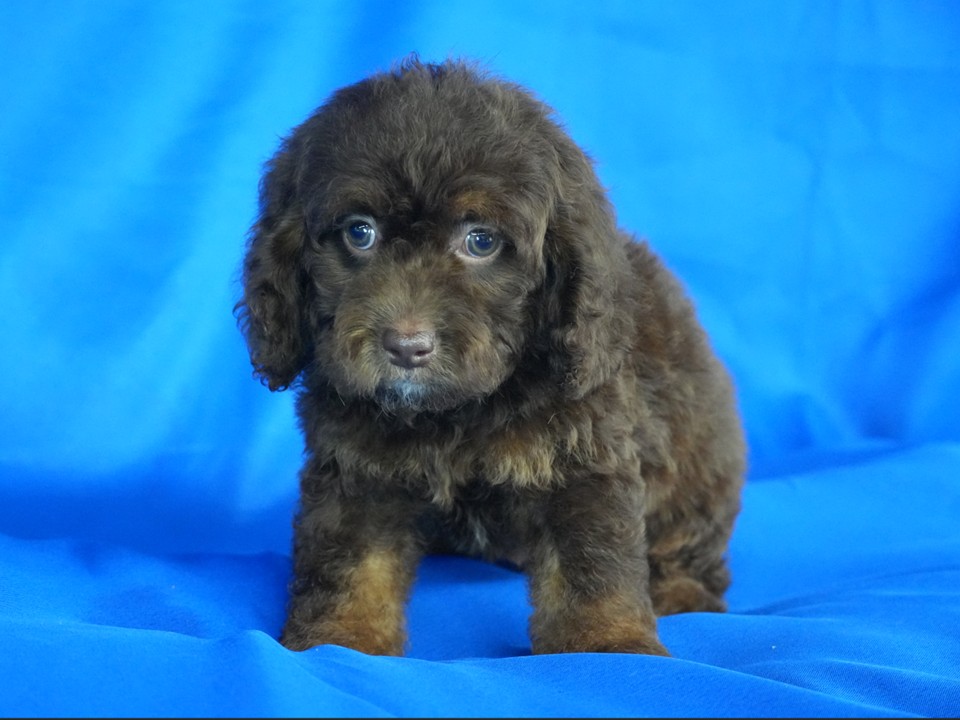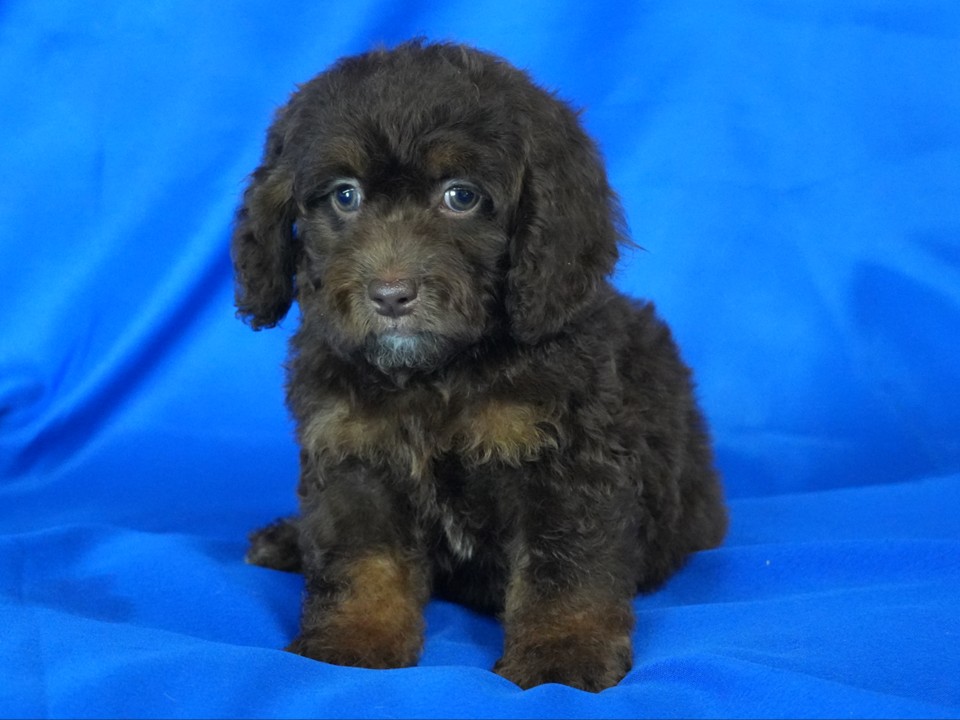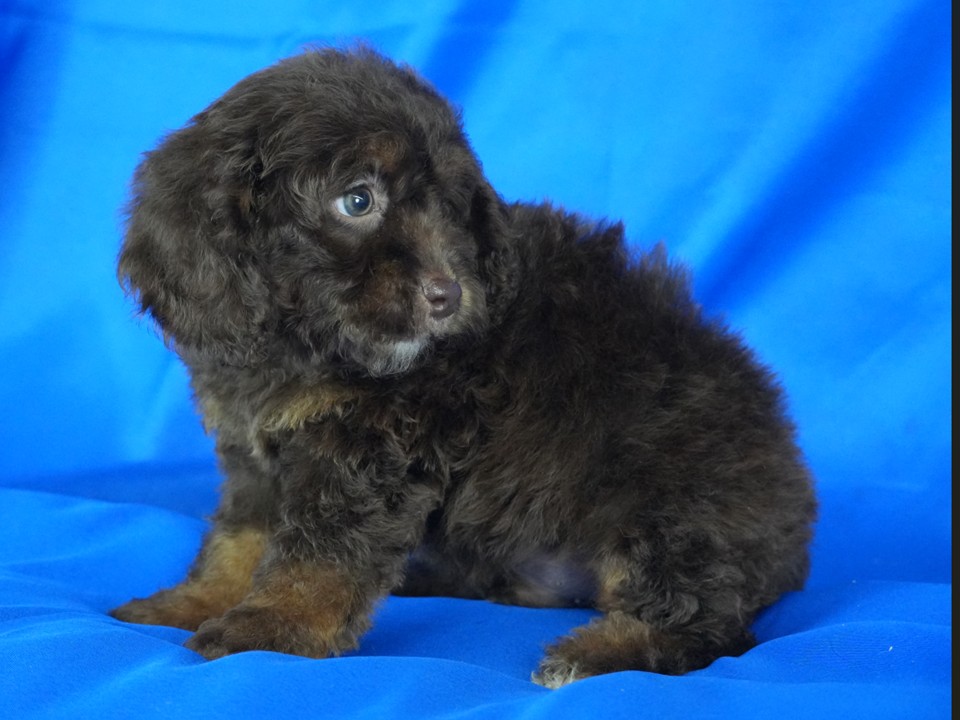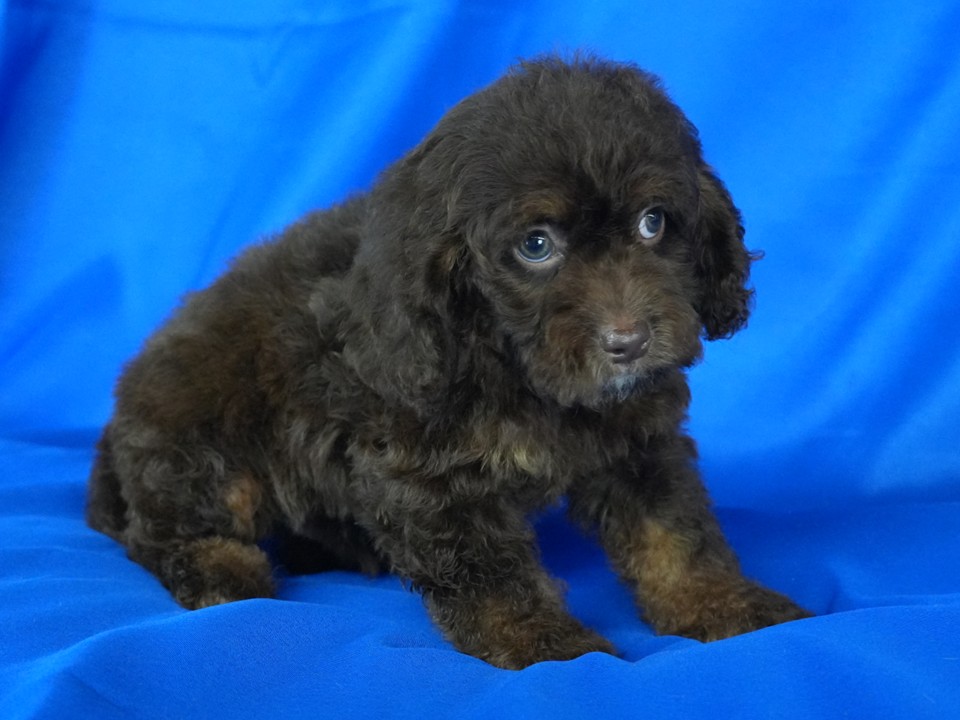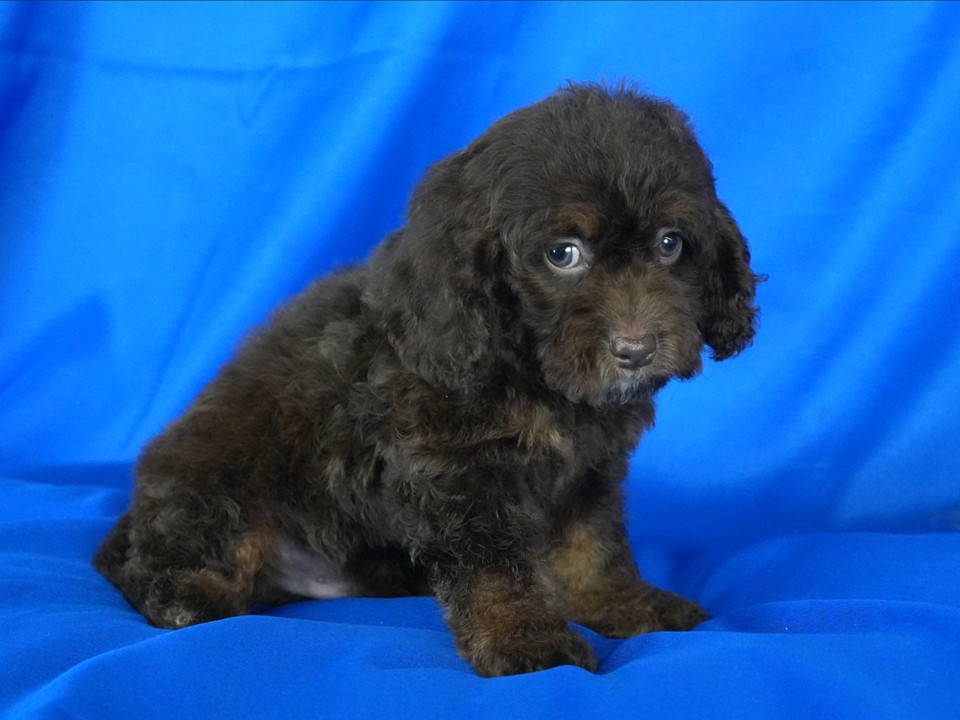The Shih Poo, a designer hybrid of the Shih Tzu and Toy Poodle, is a small, affectionate, and intelligent companion dog. Known for their “teddy bear” appearance, their specific characteristics can vary depending on which parent breed’s traits are more dominant.
Physical characteristics
- Size: As a mix of two small breeds, the Shih Poo is also petite, weighing between 7 and 20 pounds and standing 8 to 15 inches tall.
- Coat: The coat can vary in texture, from the wavy, softer hair of a Shih Tzu to the tighter curls of a Poodle. While no dog is completely hypoallergenic, the Shih Poo’s coat sheds very little, making it a potentially good fit for people with mild allergies.
- Color: They come in a wide range of colors and patterns, including black, white, brown, apricot, brindle, and combinations of these.
- Features: Notable features often include a well-proportioned, sturdy body, dark round eyes, and floppy ears.
Temperament and personality
- Personality: The Shih Poo is known for its friendly, affectionate, and playful nature. They thrive on companionship and love to cuddle, inheriting the Shih Tzu’s loyal demeanor and the Poodle’s intelligence.
- Intelligence: Thanks to the Poodle’s heritage, they are intelligent and can be trained, though they may have a stubborn streak from the Shih Tzu side.
- Socialization: With early socialization, Shih Poos typically get along well with children, other dogs, and cats.
- Boredom: They crave attention and dislike being left alone for long periods, which can lead to separation anxiety and destructive behaviors like barking or chewing.
Care and maintenance
- Exercise: Shih Poos have moderate energy levels and require about 30 minutes of daily exercise, such as two short walks and some indoor playtime. Excessive strenuous activity is not recommended due to their small size.
- Training: They respond best to consistent training using positive reinforcement, such as treats and praise. Starting early is best to manage their potential stubbornness.
- Grooming: Their low-shedding coats require high-maintenance grooming to prevent matting. This involves daily or frequent brushing and professional grooming every 4–8 weeks. Other care includes regular teeth brushing, ear cleaning, and face washing to prevent tear staining.
- Living environment: Their small size and moderate energy make them highly adaptable to various living situations, including apartments.

